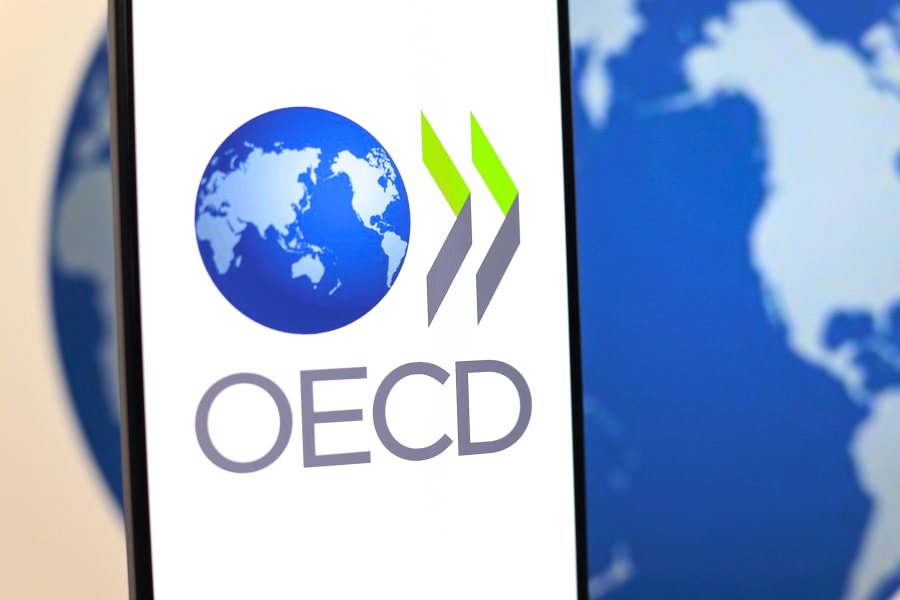Report: Israel ranks among top education spenders in OECD relative to GDP

Israel is among the countries that spend the most money on education compared to Gross Domestic Product (GDP) in the OECD, according to the latest OECD report released on Tuesday.
The annual report, "OECD Education at a Glance 2024," primarily draws on data from 2021-2023, depending on the subject, from 35 OECD member states and several non-member partner countries. The OECD (Organisation for Economic Co-operation and Development) is an international organization that promotes policies aimed at improving the economic and social well-being of people around the world.
According to the report, Israel spent 6.1% of its GDP on education in 2021, including on public pre-schools, secondary school institutions and universities. Israel’s GDP was $488.5 billion in 2021, according to World Bank statistics.
Only Iceland, Norway and the United Kingdom spent more than 6% of their GDP on education. The OECD average for the same year was 4.9%.
The report revealed that Israel has the highest youth population (ages of 0-24) in the OECD, which means that despite the high expenditure on education, class sizes in Israel remain larger than in other OECD countries.
In 2022, 43.1% of Israel’s population was under 18, compared to the OECD average of 29.7%, and the average class size in the Israeli K-12 system was 28 students, compared to an OECD average of 23 students. In early education, there was one staff member per 19 children in Israel, compared to the OECD average of one staff per 12 children.
Despite the higher investment in education, the Israeli school year is shorter than in most OECD countries. In 2023, Israeli K-6 pupils were in school for 179 days, whereas middle and high school pupils had 173 school days in a year. The OECD average is 194 days for kindergarten, 183 for elementary and middle school, and 182 for high school.
In Israel 98% of 3- to 5-year-olds are enrolled in preschool institutions. For children under three, 56.5% were enrolled in daycare or a similar institution, which is considerably higher than the OECD average. Only Norway, Denmark and South Korea showed more than 50% of this age group being sent to daycare.
In addition, 56% of young women in Israel aged 25-34 have a post-high school certificate from a university or other higher education framework, compared to only 36% of men. This gap, according to the report, is “much wider than the OECD average” of 54% for women and 41% for men.
However, women in Israel with a post-high school education earn just 69% of what their male colleagues earn. By comparison, the OECD average is 83%. Young female high school graduates earn 73% of what their male peers earn, compared to an OECD average of 84%.
The report did not include any data from the period beginning Oct. 7, 2023, when Hamas terrorists invaded southern Israeli communities, killing 1,200 and abducting 251 Israeli men, women and children.
Thousands of families and individuals have since been evacuated from Israel's south and north, living in temporary housing, which has led to great disruptions in education.

The All Israel News Staff is a team of journalists in Israel.
You might also like to read this:















